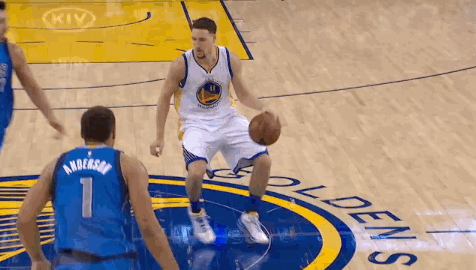You ask an interesting question. First, we need to define what "the past" means. Speaking anecdotally, I think you have to go way back, to find a time when there were very few serious injuries, which would cause a player to miss games, and hurt a team's chances for a championship. I played in the 50s and 60s, and I sprained lots of ankles and fingers, and had a concussion. The only time I missed a game was when I got hit in practice and sprained both knees on one play. No one I played with ever missed a game due to injury. During those years, I attended a lot of games too, high school and Cal games, and can't recollect any player missing a a game due to injury. Earl Robinson injured his knee, and always wore protection, but he missed no games to my knowledge. I was a Celtic fan and watched all their games on TV. I never saw any serious injuries in any of the early championship years. The first player I remember getting injured to where he missed a lot of games and it hurt the team, was Cal's Leonard Taylor in the mid 1980s. Al Grigsby was the next to go down with a serious injury. Ben Braun's teams had serious injuries to several players, Powe, Hardin, Marks, Harrison, and Sam Rayburn were a few. Rick Barry tore ligaments in his knee in 1968 in the ABA , and never returned to the form he had as a rookie with the Warriors, but that was a rare injury for those days.sycasey said:HoopDreams said:For NBA there are just too many gamesSFCityBear said:
The Warriors of this season represent everything that is good and everything that is bad about modern basketball. The good is that they play together better as a team better than any NBA team and are changing the culture as others try to emulate them. The bad is that now their season may end early due to key injuries, which is a pattern in basketball now, with so many teams in college and pro having their dreams ended due to an injury to one or more key players.
So I don't know what the problem is, but basketball today is filled with tragedy, as so many teams have their seasons ruined by an injury, not to mention the personal injury to the player.
For college maybe there should be an additional schollie allowed, due to injuries and the reality that there will be more and more transfers. I read an article from a D1 power six coach saying it's like coaching JC ball. Every year there is lots of roster turnover so you need to dumb down your schemes because players aren't on the team long enough to master more complex schemes
But maybe that just leads to even more transfers as players won't be happy with their PT
Is there evidence that injuries actually happen more now than in the past?
I mean, it does suck when injuries affect the championship, but that's just how sports work.
I think there were a few factors that might have contributed. First, teams in the old days used to run pattern plays. I went to many Pete Newell practices, and there was very little scrimmaging or contact. Plays like that depend on placement, controlled movement, footwork, rhythm, and so forth, and the players were being taught these moves and plays and then practiced them with endless drills. Players always were in designated positions on the floor and moving to other designated positions, doing specific tasks repetitively. Then basketball evolved to motion offense, which allowed players more freedom to move and make their own decisions. As such they were no longer in predictable spots on the floor, and my guess is that there was more chaos and more collisions than with pattern play.
Along with this came changes which allowed more charging and contact. Dunks were reinstated, and more players began playing above the rim, leaving them more vulnerable and susceptible to injury when landing. They had to learn how to fall, land on the floor and not on someone's foot. Ty Wallace was amazing with all the times and ways he could fall and not get hurt, until the very end of his 4 years at Cal.
As the refs allowed more collisions, the players began to beef up to adapt themselves to the increase in contact. John Madden has said the players had added more muscle and bulk to frames that were not designed to support that.
Finally, the game today is played all out, with players trying to play at more than 100% of what they are capable of. They try to jump too high, run too fast, and collide too hard. John Havlicek used to say he played at 85%. Always play within himself, to conserve energy, and probably avoid injury. Today's game is exciting for players and for fans, but it comes with more risks. All IMHO.
SFCityBear


